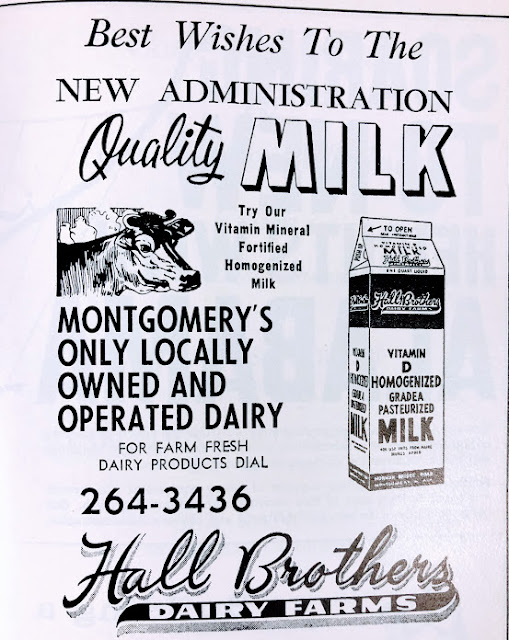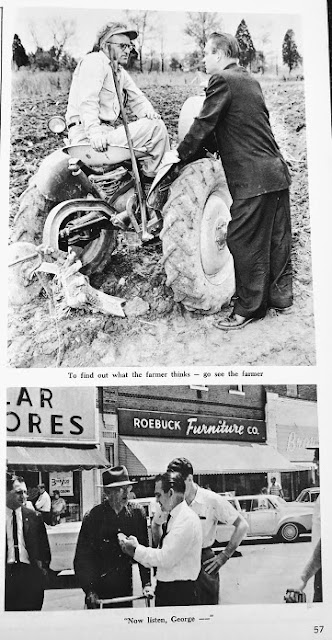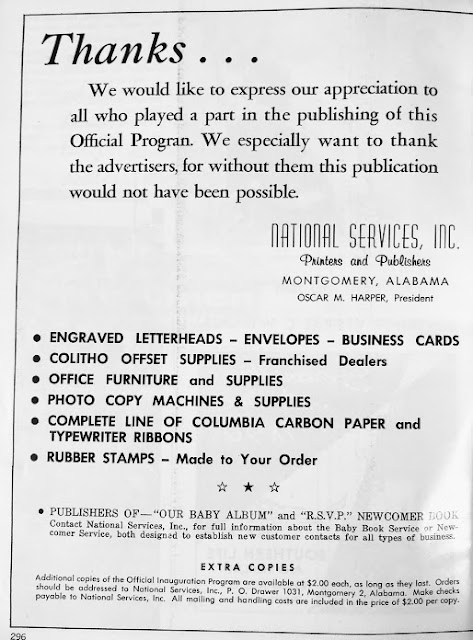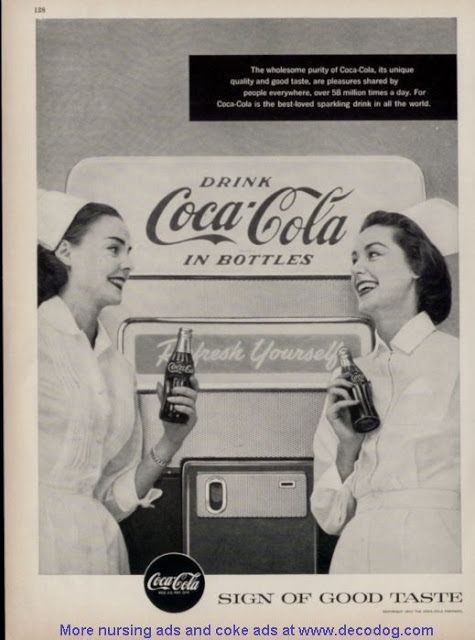First I did a bit of research on the authors. Interesting people turn up everywhere, don't they? F.M. Gregg wrote a number of books on health, hygiene, alcohol, tobacco and other topics, including "Practical Facts about Marihuana" published in 1939. In 1929 he published a study with two co-authors that attempted to determine if dogs, cats and raccoons are color blind. I have been unable so far to find anything else about him.
Hugh Grant Rowell [1892-1963] also published books and articles on various health topics. In addition, Rowell collected circus ephemera and his collection was donated to the Somers Historical Society in New York State. He and his wife also collected antique clocks; those were donated to Dartmouth College from which he graduated in 1915. He received an M.D. from Harvard Medical School in 1917. He was on the faculty at Columbia from 1923 until his retirement in 1943.
The book is more than 560 pages of text and an index. Topics range from bone and joint function, the skin, digestion, respiration and blood circulation to human behavior. One interesting chapter is "What Are the Effects of Narcotics and Drugs?" which probably reflects Gregg's influence. Chapters also cover community waste disposal and the purity of water, ice and air.
World Book Company was founded in Manila in 1905 and published English materials for schools in the Philippines. The firm eventually moved to New York City and in addition to book publishing became a vendor for such tests as the Stanford Achievement Test (SAT). For ten years, from 1960 until 1970, the company was part of Harcourt, Brace and World educational publishers. In 1970 that business became known as Harcourt, Brace and Jovanovich and the World name disappeared. The company is not related to World Book, Inc., which publishes a famous encyclopedia.
The final image here is the inside of the front cover. Dad's signature is there, along with a stamp of a business that offered such products as Zenith Radios and Westinghouse Refrigerators. I assume Ray Radio and Appliance Company, Inc., was located in Gadsden, although I've found nothing about it so far. Did they provide these texts to students?
Now that I've looked closer at this book, I'm not sure if dad used it at Etowah High School or in junior high. Perhaps further research in family memorabilia will turn up a report card to answer that question!
A revised edition of the book was issued in 1940. The WorldCat description labels it "juvenile literature."


















































